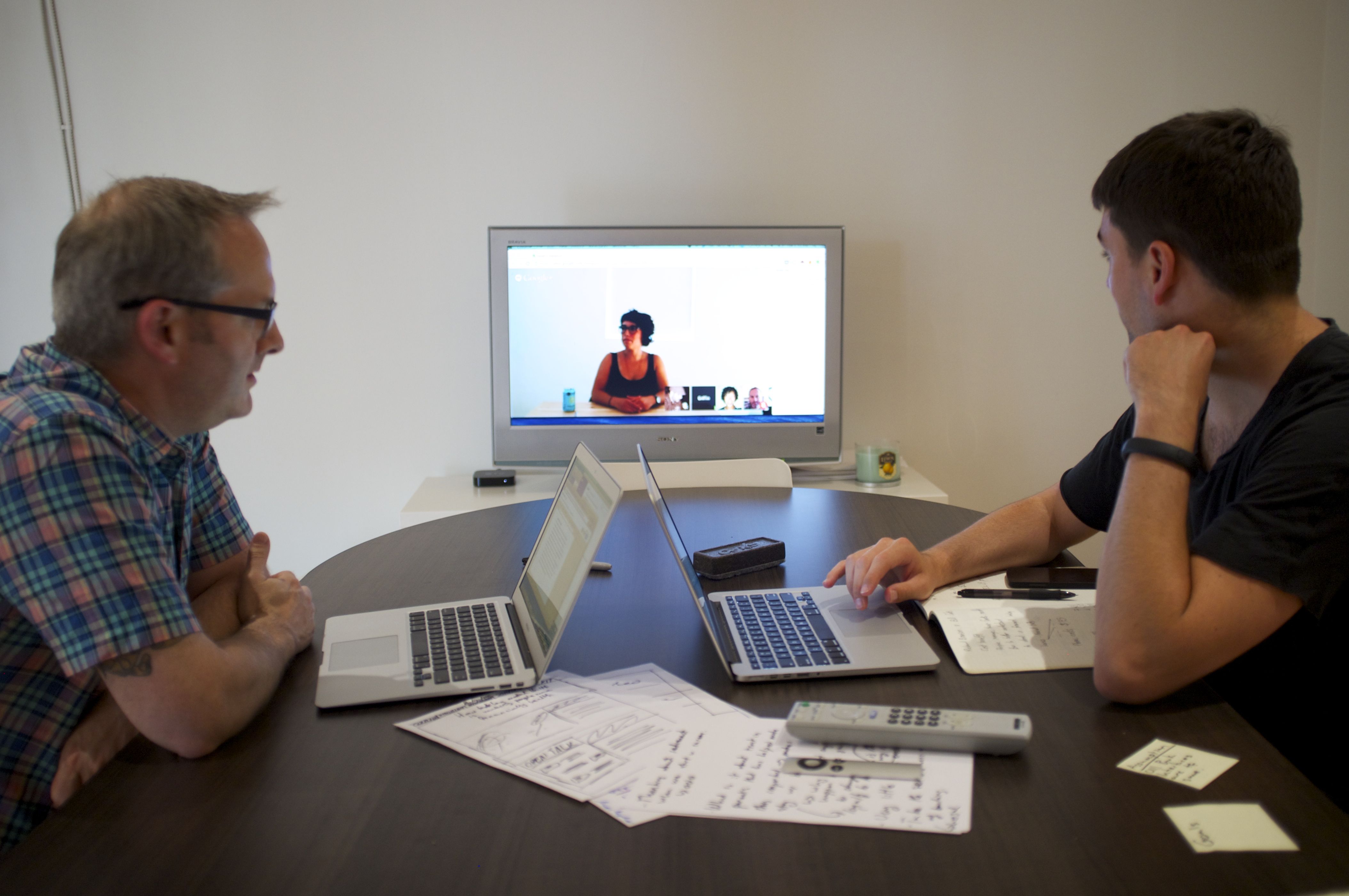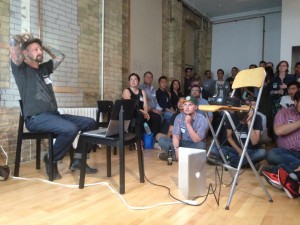
Wednesday 3 Sep 2014
Hold up! Heist helps clients build great customer experiences

This post is about a heist. Ruby and other gems are involved, but rest assured no one will be harmed.
Based in Toronto, Heist is an emerging name in web shops. With design and development skills in house, they handle both the emotional and logical sides of customer applications.
And don't just take it from us — big name customers like Telus have capitalized on Heist's skills and expertise. Their efforts on telus.com made it the world's first fully responsive telco website.
But more than just a technically savvy web shop, Heist is a leader in the design community. Looking to hook up with other forward-thinking shops, they have sought to bridge the gap between thinkers in Toronto and Kitchener-Waterloo. As a result, they have forged an exciting partnership with with another of our sponsors, Boltmade.
Moreover, their efforts have lead Heist to Fluxible and we couldn't be more proud. Having Heist a part of this conference just reaffirms how ripe this region is for such exciting design collaborations.
We recently caught up with Heist's Robert, Tom, and Chris. Here's a bit of that conversation.
How does UX fit into the project cycle at Heist?
Heist is an experience design team, so all aspects of our work are done with user experience in mind.
In working with clients to define a product strategy, we prioritize the 20% of the user experience that will deliver 80% of a product’s value to a customer. This allows us to build a plan that focuses our design, validation and iteration efforts on delivering a functional and useful experience from the outset.
Before we even think about solutions, we’ll do a heavy amount of customer research to determine what a customer’s needs are, why those needs exist, and how they will inform the user experience we need to build.
Our design process begins with upfront sketching and brainstorming that involves our clients. This keeps our initial design efforts centred on creating a product that is functional and answers a need. Only once that has been reasonably validated with customers do we move on to visual design.
Research and validation continue through the sketching, prototyping, design and development of a product to continually tweak the UX and ensure we’re solving the right problems.
What trends are you seeing in user experience?
Two of the largest and most interesting trends we’re seeing (and applying in our own work) are the continued move to humanize big data, and breaking down silos between corporate and customer.
End users don’t have a lot of time. These days they’re pretty app-savvy and just want to get in, get the task done, and get out. It’s great to surface metrics into everyday experiences, but it’s way better to get the user to understand why they’re seeing these things, to help them make informed decisions. There’s a ton of data out there to work with; it’s navigating that data and distilling it down to the core points that can make or break an experience.
We’re finding that you can build a ton of goodwill as a company if you respect the customer’s knowledge and desire to be involved — they expect to be able to interact this way. Many companies are moving away from requirement-driven design towards a user-centred approach, to get the end user to help define products they will actually use. Facebook and Twitter have opened up the possibility of a real discussion; tools need to be built to allow that to continue rather than hitting a corporate wall.
What made Heist want to get behind Fluxible?
Over the last few months we’ve worked with some friends in the KW design and development communities to create Method Jam — a venue to discuss a leaner, more collaborative way to create products.

This event really served as an opportunity to build a bridge between the Toronto and KW creative communities. People have found these communities can be a bit insular, despite the volume of knowledge and talent we have to offer to each other. Toronto’s design community and KW’s engineering culture need to mingle more often.
Fluxible is really a much larger platform that is pushing this idea, so we wanted to do whatever we could to help. Selfishly, it is an opportunity for us to learn: what are people building, what problems are startups trying to solve, how can we help, and what can we take away to apply to our own practices. Anywhere you get a bunch a smart people together, there’s going to be some great conversations and opportunities to make something great happen.
We couldn't be more thrilled! Thanks for being a part of Fluxible.